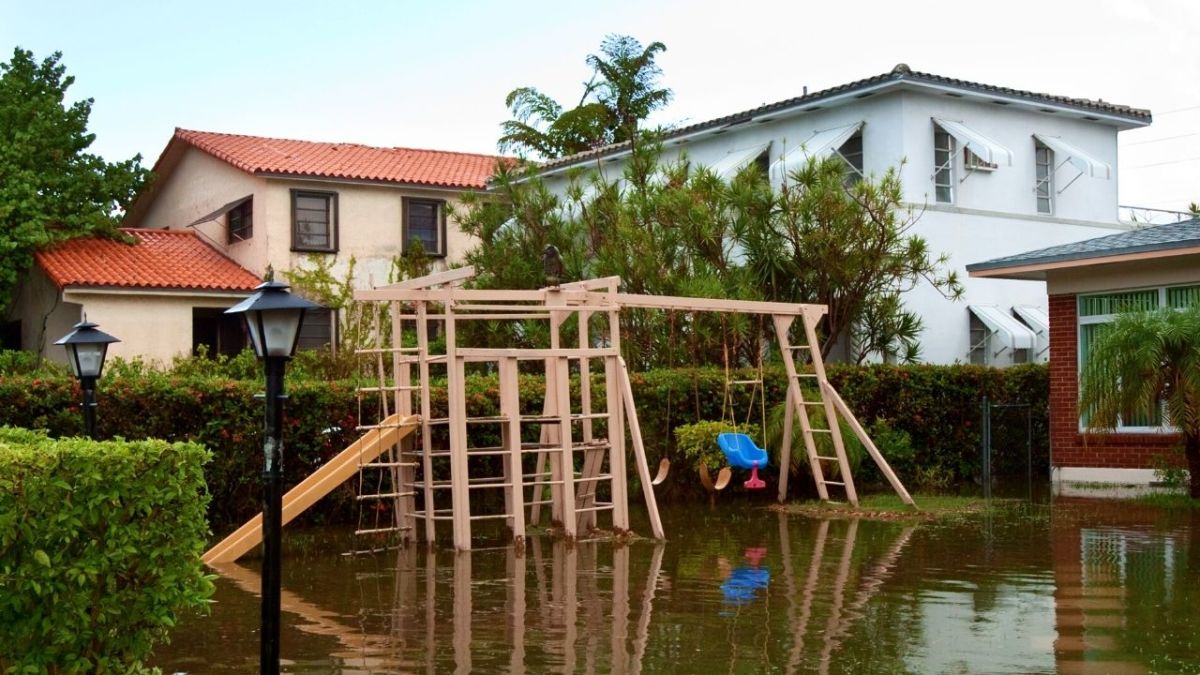
You may live in a flood-prone area and not even know it. Here's how to prepare!
👉 The key facts from this guide
- Recognize the signs that you live in a flood area. These include living on the coast, in densely populated areas, near streams, in areas with high water tables, in areas where the land is subsiding, near levees and downstream of levees.
- Prepare for floods by protecting your home. Elevate your home, waterproof your basement, store valuables on higher levels, get flood insurance, and have sandbags handy.
- Develop a disaster plan specifically designed for floods. You should know where you will seek shelter for at least two weeks and how you will repair the damage.
- Protect yourself by paying attention to warnings and advice from trusted authorities, avoiding danger zones, recognizing signs of flooding and being ready to move.
- Avoid walking or driving through running water, avoiding roadblocks, driving through flooded areas and touching fallen power lines.
- Be aware that flooding is more dangerous than many think. It can be caused by a sudden storm, by a natural disaster such as extremely heavy rainfall, or by human error.
Flooding is likely the most destructive type of disaster in the USA, injuring more people and causing more property damage every year than strong winds, tornadoes, or lightning.
With 36.6%, flooding accounts for a high percentage of all natural disasters worldwide.
And in Germany, too, flooding is no longer an unfamiliar term since the 2021 flood disaster that claimed over 225 lives.
In addition, over 98,000 residential addresses in Germany are at risk of flooding, and today I want to show you how to recognize and protect yourself from floods.
What causes flooding?
The word "flooding" is often used to describe a flood that causes a lot of destruction and damage.
In a flood, properties, buildings, or structures are flooded with water, usually from rainfall or melted snow. Floods can be caused by natural hazards such as heavy rains, snowmelt, storm surges, and ice jams.
But other hazards, such as a dam failure, can also trigger a flood.
Floods are particularly dangerous because they can occur unexpected, and their severity cannot be predicted beforehand.
Why disaster preparedness is important
It's important to be prepared for disasters, as they can happen anytime and anywhere. The best way to prepare is to have a plan and know the warning signs of a disaster.
The first step in preparation is to have an emergency kit ready. These items should contain things like food, water, flashlight, battery-powered radio, and extra batteries.
Especially during floods and flood disasters, it is not uncommon that you have to leave your house. So, prepare your vehicle and pack your bug-out bag.
Before you start preparing, let's take a look at what indicates a flood or flood zone.
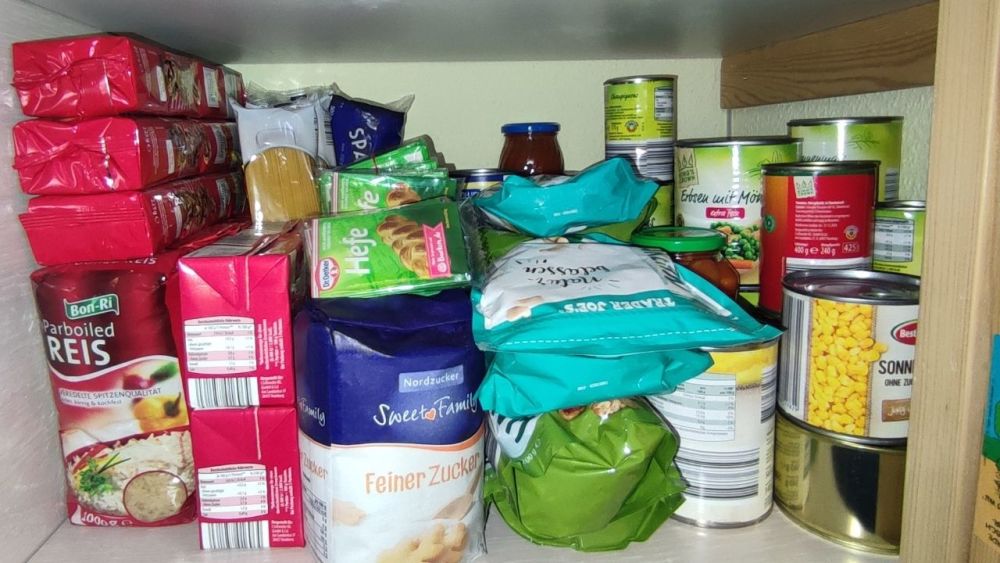
Signs that you may live in a flood zone
Most natural disasters are associated with floods - spring thaw, tropical storms, heavy rainfall, flash floods, dike, and dam breaks and more. It is one of the most common and expensive natural disasters in our country.
Here are some indications that you may live in a flood zone.
You live on the coast
Let's first address the obvious. Coastal areas have always been threatened by floods and high tides, and it's getting worse.
Rising sea levels, increasing rainfall, and persistent erosion are all contributing to an increase in flooding events.
One of the deadliest types of flooding that is becoming more frequent and severe is the storm surge that hits the coast during major storms. Storm surge water can rise 6 meters or more and damage buildings, roads, and other infrastructure.
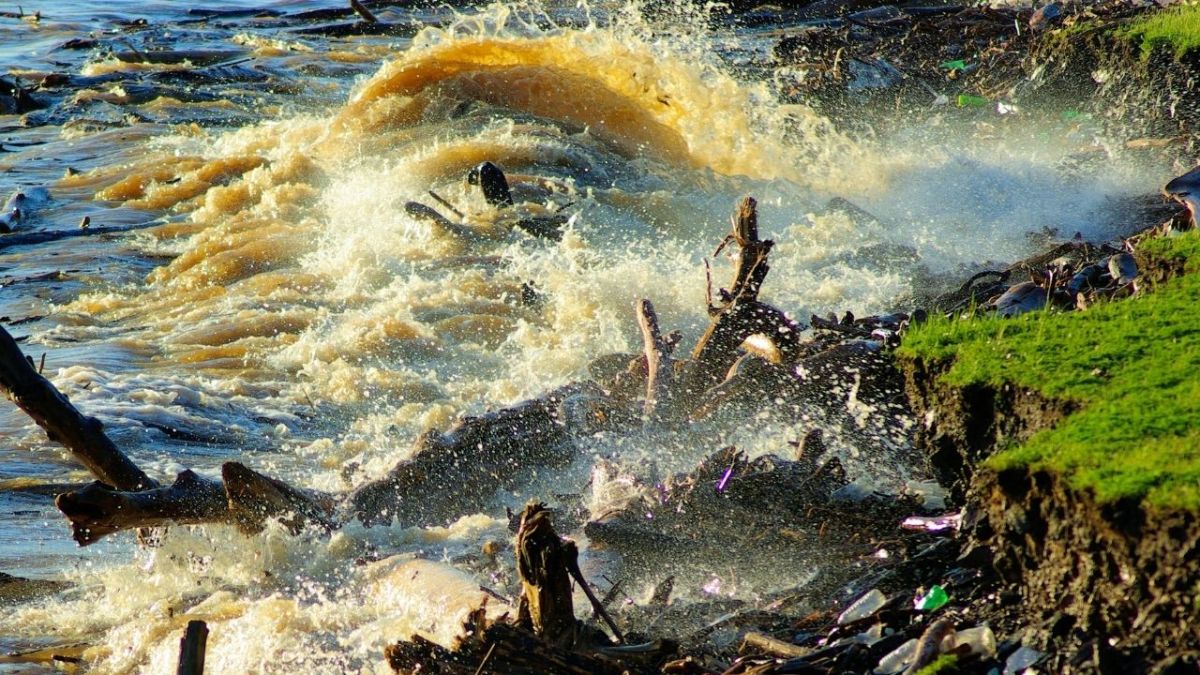
You live in a densely populated area
You don't have to live in a flood zone to be right in the center of a flood wave.
If you live in a densely populated region – from the city centers to the suburbs – there is a promising chance that your area is threatened by floods.
The reason is simple: concrete and asphalt in urban and suburban areas reduce the amount of precipitation absorbed by the earth.
Concrete and asphalt are great for water to move around. Even drains are often overloaded, and the water runs onto the street.
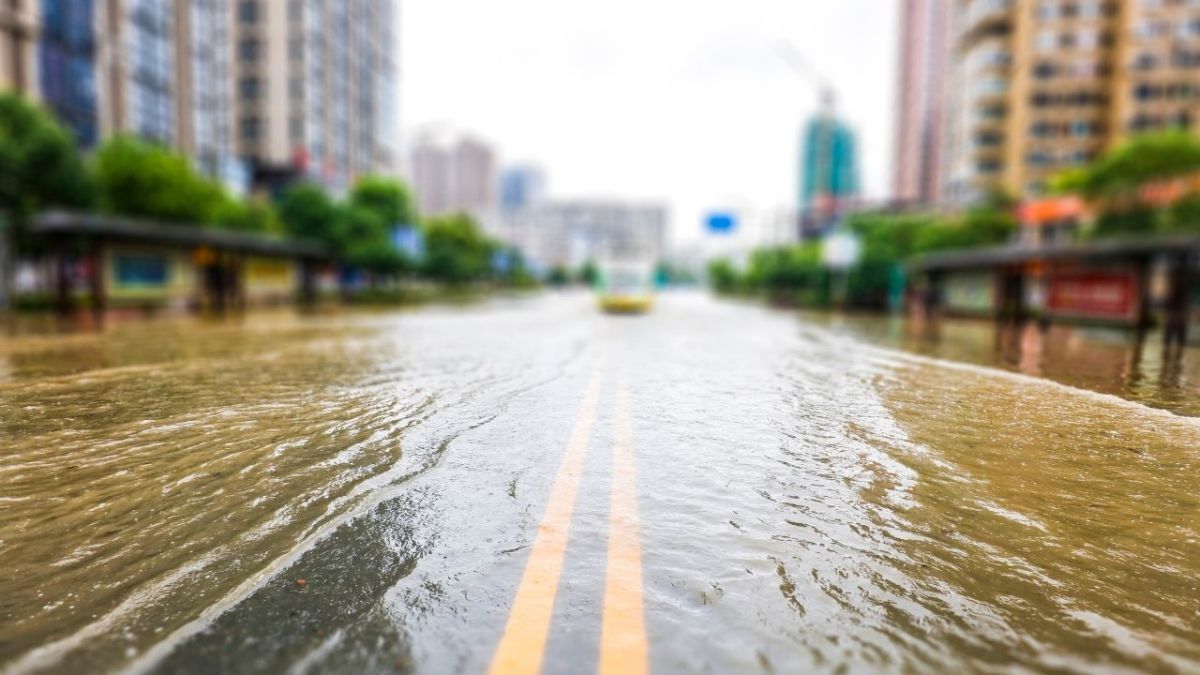
You live near a small stream
If you live near a large river, you are naturally vulnerable to floods. Massive floods can fill and drain the basins and streams that flow into large rivers.
What you may not know is that streams can actually be just as (or more) vulnerable to floods. The reason? As streams run through smaller channels, they are more easily flooded by shorter rainstorms in a closer-limited area.
You live in an area with a high water table
We all know the images of waves crashing into cities and rivers overflowing their banks.
But slow, seeping groundwater floods can be just as destructive, especially since it takes so much longer for them to recede.
Groundwater flooding most commonly occurs in low-lying areas with a permeable foundation below, like sandstone or chalk.
The surrounding land is sinking
It's not just rain and groundwater: human activities can also contribute to flood risks. If you live in an area where groundwater is depleted, the surrounding land could experience "subsidence".
As the groundwater reservoirs beneath it become empty, the earth sinks. This leads to problems with drainage and larger flood expansions. It can also lead to tidal flooding, which exacerbates flooding in coastal areas.
You live near one or more dikes
Rivers, especially those with dikes, are vulnerable to flooding. Some river dikes on the Lower Elbe even have a height of 8 to 9 meters in certain sections.
And dikes are also important on the coast. In Lower Saxony alone, there are over 1000 kilometers of built dikes.
You may be close to a dike without even knowing it. So be sure to check out the flood-prone areas in Germany.
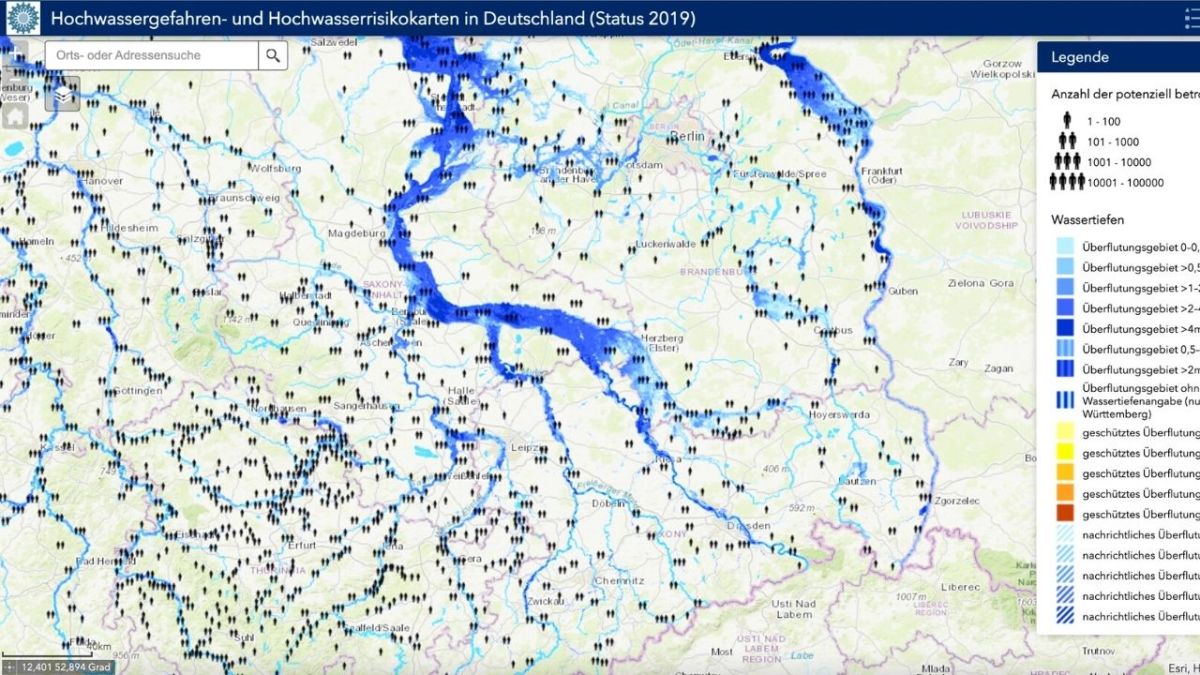
You live downstream from a dam
It may sound eerie and like something out of a movie, but dams in Germany also break. Dams are in poor condition or not properly maintained.
An example of this is the dam break in July 2021 on the Ruhr River in the town of Ophoven, a district of Wassenberg in the Heinsberg district of North Rhine-Westphalia. The result: the entire village had to be evacuated immediately.
Things didn't get that far at the Steinbachtalsperre in Euskirchen, North Rhine-Westphalia, as a dam burst was also threatened there in July 2021.
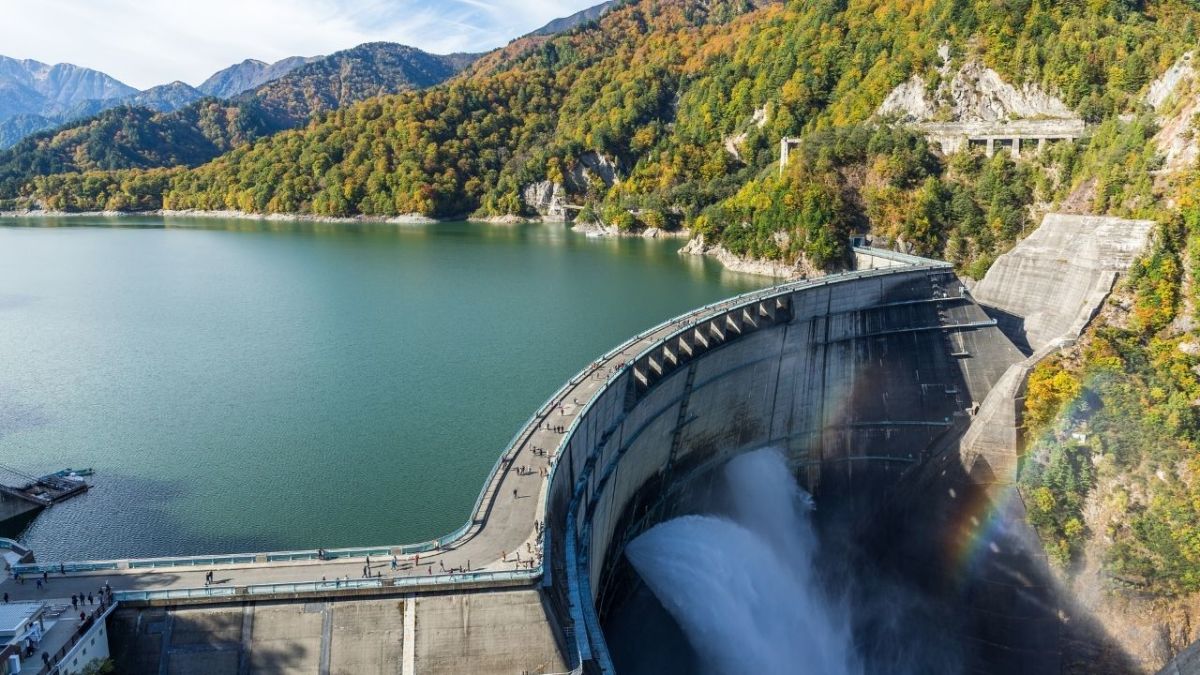
In other countries, the situation is even worse, as there are more than 58,000 large dams on Earth. A large part of the dams around the world are at risk and in poor condition. Various events can cause damage: earthquakes, landslides, rock falls.
Recent data from the National Inventory of Dams in the USA shows that 15,000 of the dams in the USA would likely lead to fatalities if they were to fail. Even worse, 2,300 of them are in a "poor" or "unsatisfactory" condition. Fortunately, dam failures are rare.
You live near snowmelt
Germany struggles every year with snowmelt. When the snow and ice melt in the spring, it leads to floods in some areas. The south of Germany is particularly affected.
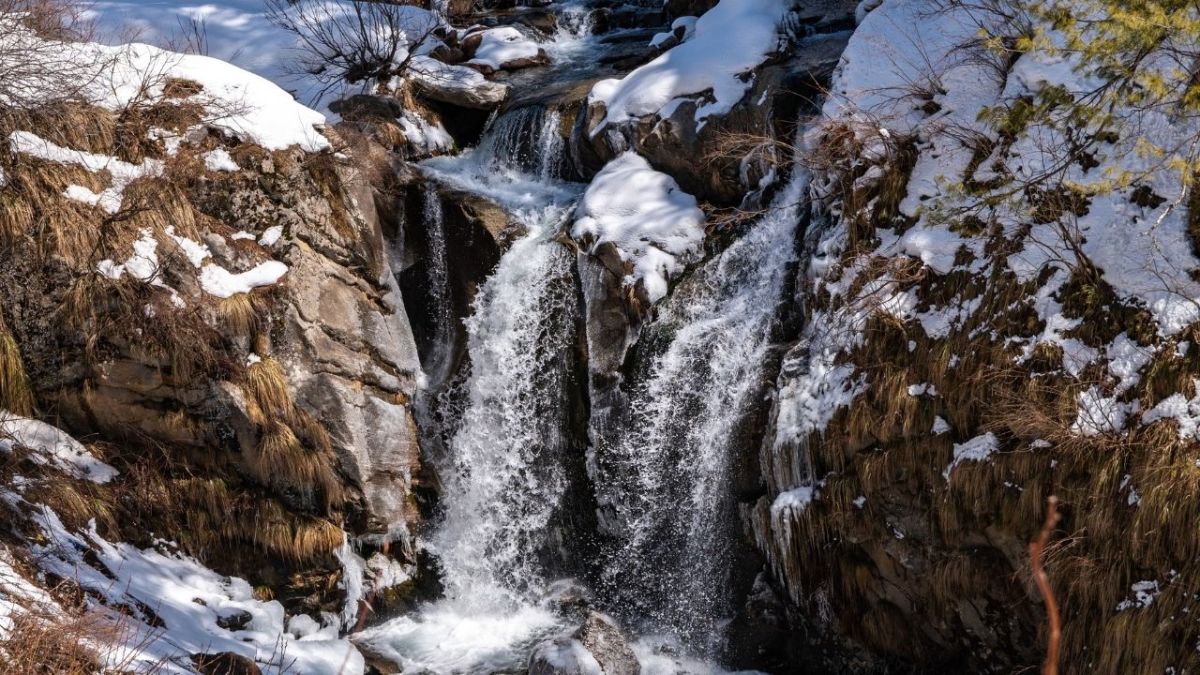
How to prepare for floods
Floods can be devastating. Fortunately, there are things you can do to prepare.
The most important thing is to know your flood risk! You can use this website in particular to get your flood risk.
Protect your home
- Elevate – Even if you are in a flood zone, raising your home will significantly reduce your risk.
- Waterproof your basement – This can be as simple as installing a drainage system or more expensive options such as water membranes or complete renovations. Make sure to strategically place a water pump with a separate power source in your basement in case the power goes out.
- Protect valuables from damage – Move valuable items that cannot be replaced to a higher level – to a second floor if you have one, or at least out of the basement.
- Get insurance – No matter how well you prepare, you cannot stop nature. If you haven't already, obtain flood insurance for your home.
- Have sandbags ready – in case you need to protect your home from flooding.
- Create a plan that covers you for two weeks or more – Develop a disaster plan specifically designed for floods. You should know where to seek shelter for at least two weeks and how to repair the damage.
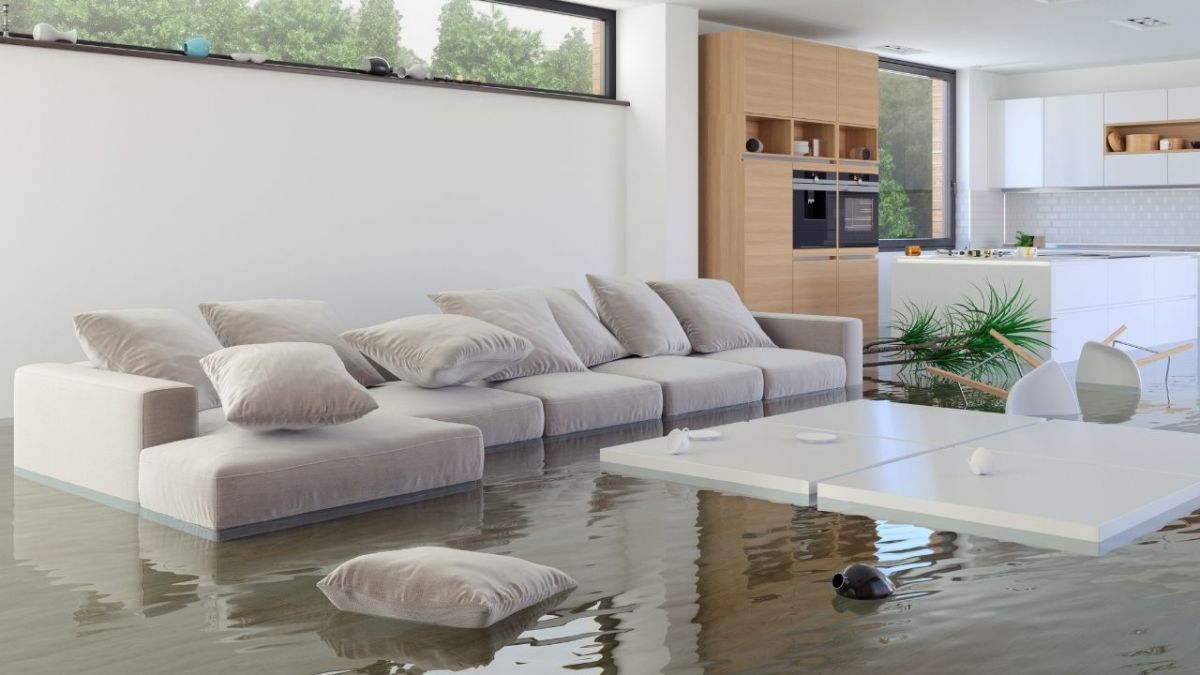
Protect Yourself
- Listen to Authorities – Pay attention to warnings and advice from trusted authorities such as the Federal Office for Civil Protection and Disaster Assistance (BKK) and the cross-state flood portal hochwasserzentralen.de. If you live near a dam or levee, the organizations that manage it should have emergency plans in case they break. Find your levee or dam authority and learn about your region's plan.
- Avoid Hazardous Areas – Hazardous areas include low-lying areas such as underground garages or basements. Even if you don't drown, the water could be contaminated and you could get sick.
- Recognize the Signs – Apart from visible water entering your area of the house, marshy ground and damp walls can indicate flooding.
- Prepare Your Home with Flood Supplies – Buy a few liters of bottled water. Keep non-perishable food and fill bathtubs and sinks with water. Furthermore, make sure all of your appliances are unplugged. Continue to turn off the electricity and gas at the main switch if the flooding becomes strong enough.
- Be Ready to Move – Flooding can occur rapidly. Make sure you have emergency plans for shelter, evacuation, and communication. This will make it much easier to act decisively and quickly.
- Keep Your Gas Tank Full – and make sure you have alternative transportation.
- Don't Camp or Park Near Streams, Rivers, or Other Areas – They can cause flooding during heavy rains. These areas can be flooded quickly and unexpectedly.
What to do during a flood warning or flash flood warning?
- Stay informed through radio, television, or internet to receive weather updates, emergency instructions, or evacuation orders.
- If time allows, move your furniture and other items to upper floors. Secure or remove items that could be swept away or damaged by floodwaters if they are outdoors (patio furniture, children's toys, garbage cans, etc.).
- Be prepared to evacuate when instructed to do so.
- Do not wait for instructions during flash floods. Immediately move to a higher level.
- If you have to leave your home, take only essential items and bring your pets if it is safe to do so.
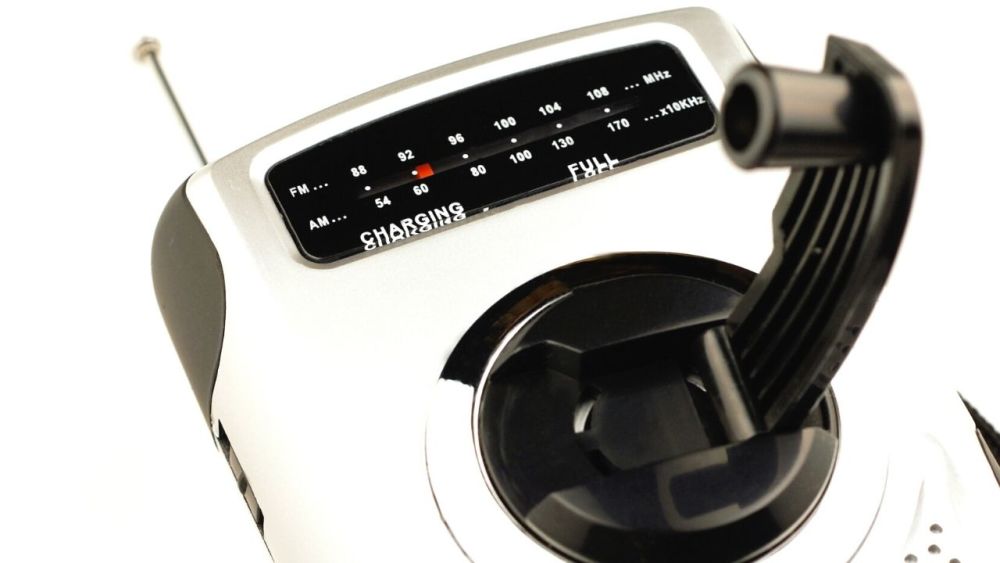
What should you never do during a flood?
- Do not walk through flowing water. Most people drown during flash floods. 15 cm of fast-moving water can knock you off your feet.
- Do not drive around roadblocks. Roads and bridges can be washed out or structurally unstable.
- Do not drive through flooded areas.
- Avoid fallen power lines.
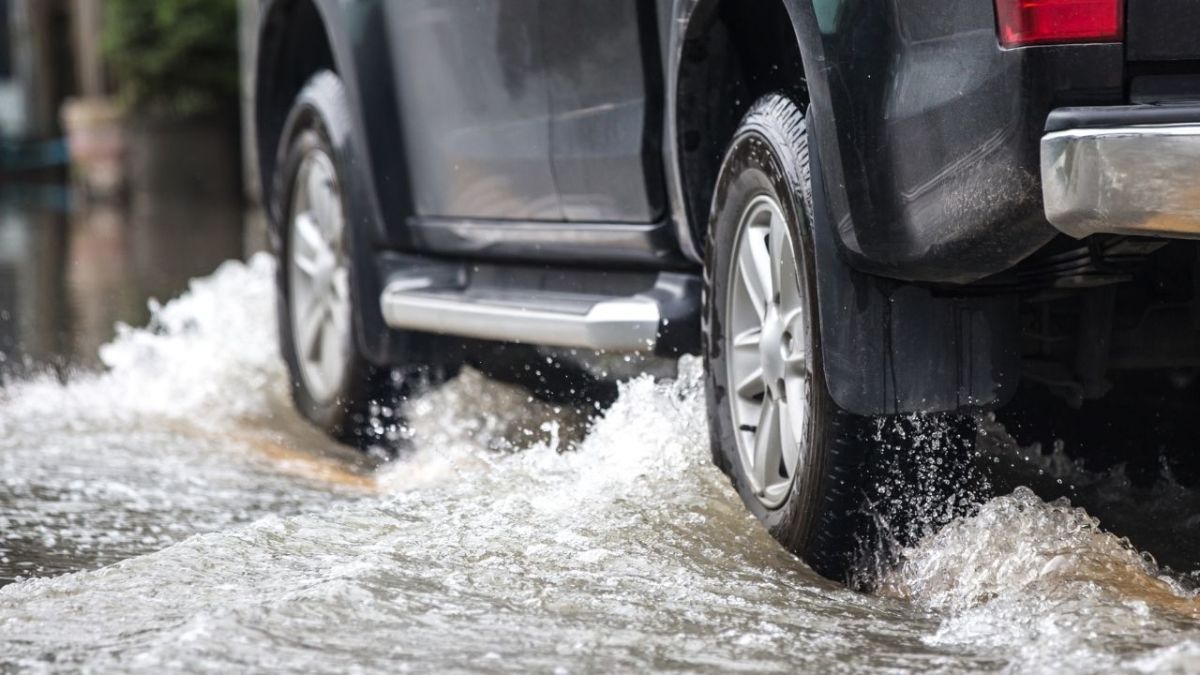
Summary: Floods are more dangerous than many people think
Floods are more dangerous than many people think. They can be caused by a sudden storm, a natural disaster like heavy rainfall, or human error.
Floods can cause water damage to your home and all the belongings inside. The higher the floodwater, the more dangerous it is for you and your family.
The best thing to do is to prepare for floods, as this can help reduce many dangers.

Sources for the guide
https://de.statista.com/themen/8583/hochwasser/
https://www.zeit.de/gesellschaft/zeitgeschehen/2021-07/flutkatastrophe-nrw-keine-vermissten-herbert-reul-landtag-hochwasser-todesopfer
https://de.wikipedia.org/wiki/Hochwasser_in_West-_und_Mitteleuropa_2021
https://wiki.bildungsserver.de/klimawandel/index.php/Starkregen_und_Hochwasser_in_Deutschland
https://www.nlwkn.niedersachsen.de/startseite/hochwasser_kustenschutz/kustenschutz/antworten_auf_haufig_gestellte_fragen/kuestenschutz-und-deichbau-in-niedersachsen-45182.html
https://www.dw.com/de/deutsches-fr%C3%BChwarnsystem-f%C3%BCr-gef%C3%A4hrdete-staud%C3%A4mme/a-55895574
https://www.mass.gov/info-details/flood-safety-tips

Author of the guide
Martin Gebhardt
Hey, I'm Martin. On my blog, you will learn the basics and numerous details about living in the wild. I think survival, bushcraft and the good life in nature are the keys to happiness. Find me here on Instagram or on YouTube. You can find more about my mission on the About Me page.
Was this guide helpful?
5 people found this guide helpful.
5.00 out of 5 points (5 Ratings)
Comments (0)
This post may contain affiliate links. So if you click on the links and make a purchase, I will receive a small commission at no additional cost to you. Click here, to learn more about it.


